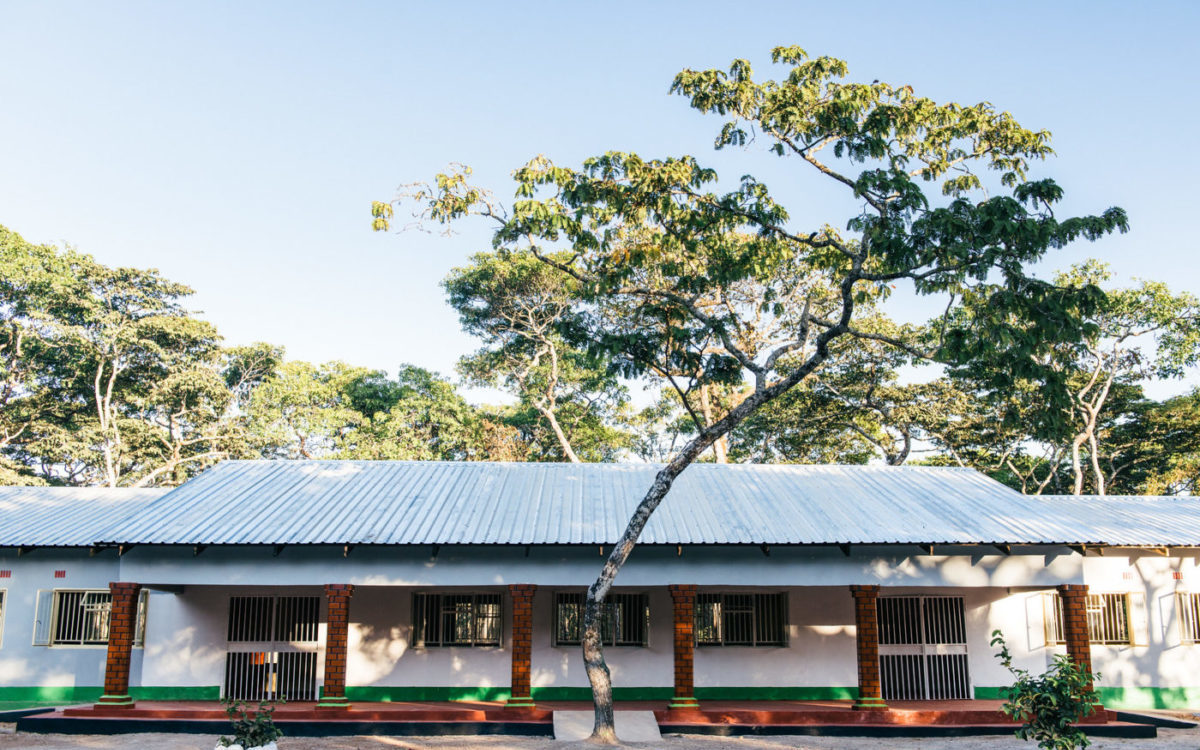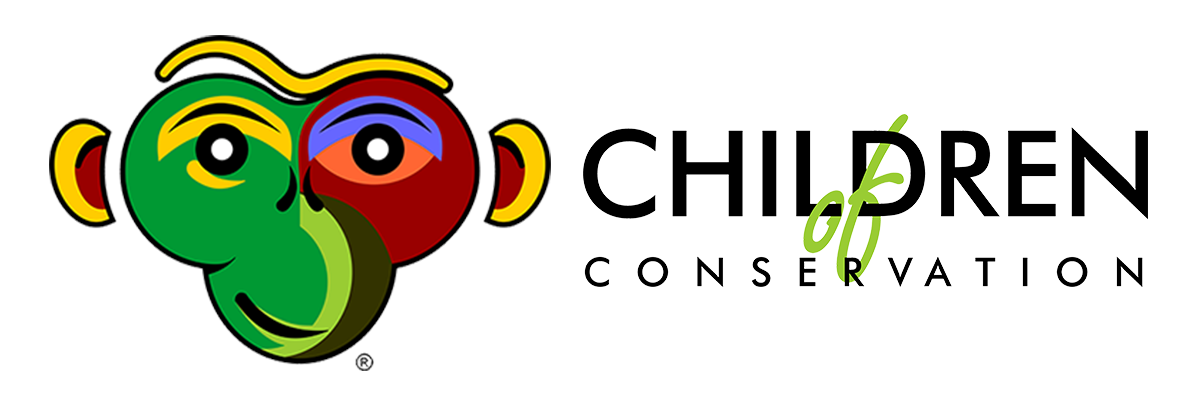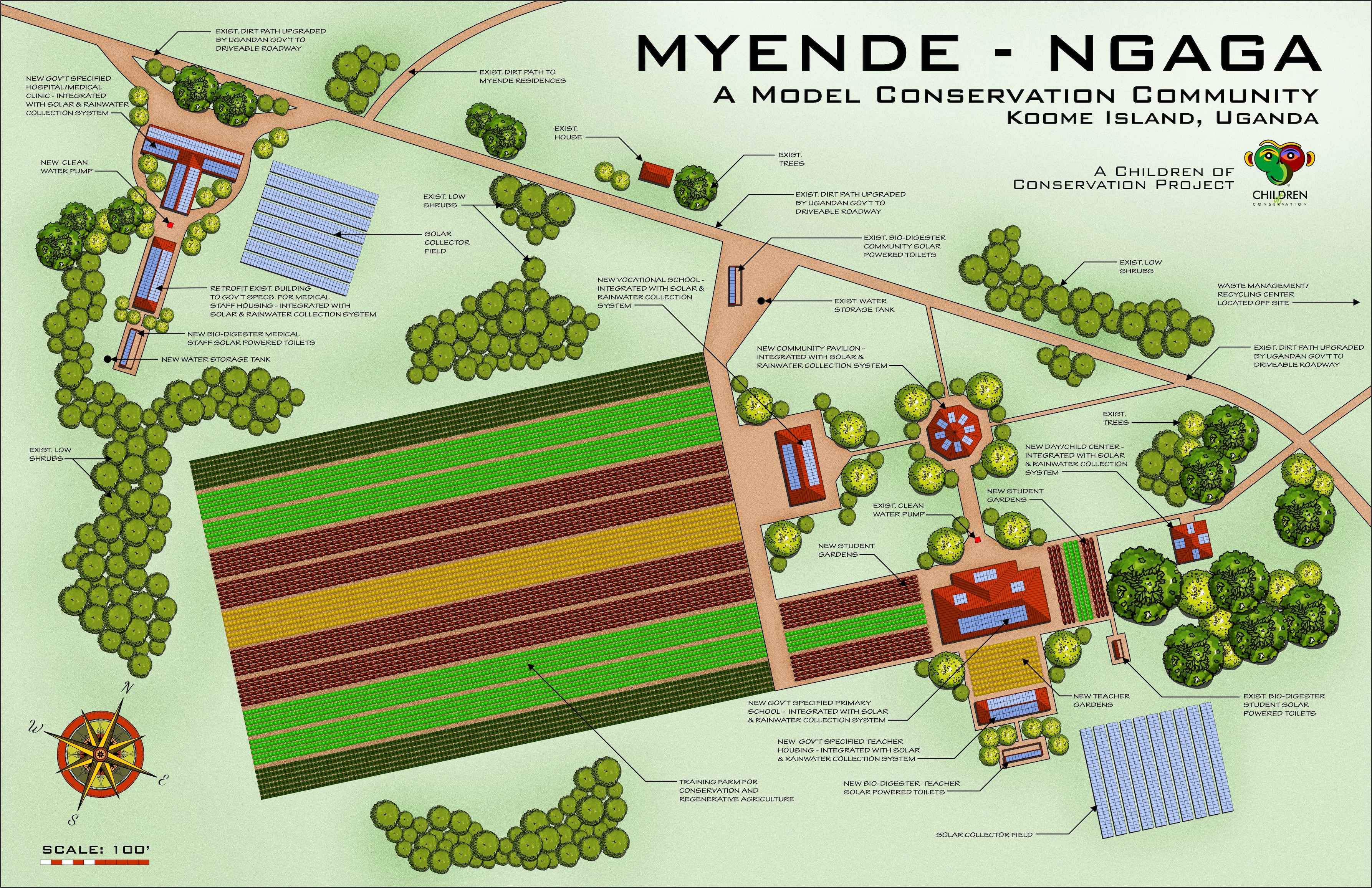Infrastructure with Purpose
The problem
We work in a variety of places with a diverse group of problems. We pride ourselves in being able to take the time to identify the root cause of these problems and work with the community to find a solution.
Our infrastructure projects don't follow a set format and are a response to specific issues in each community.
In 2017, we opened a primary school in Zambia, close to Chimfunshi Wildlife Orphanage. Twampane Community School currently educates more than 200 children every day. In visiting the area and talking with sanctuary staff, we discovered that scholarships would not make the impact we'd experienced in other areas, because there was no nearby school for the kids to attend.
The school is now operated by the local education authority and has been accredited as an examination location for the region. This makes it possible for the kids who attend Twampane Community School, and surrounding area schools, to sit their exams in a convenient location, facilitating their progression through the education system in Zambia.
In early 2021, Children of Conservation traveled to Uganda to help build gabions, a wall system, around the boundary of Ngamba Island in Lake Victoria. Sadly, climate change has caused the lake waters to rise and rise uncontrollably. This is causing erosion of the island's coast and damage to vital infrastructure.
our solution
We collaborate with community leaders, community members, the local and national governments, and our partner sanctuary in each location to focus on the solutions needed.
Together, we are develop a holistic approach to conservation through community empowerment, a focus on the United Nations’ 17 Sustainable Development Goals, and a commitment to utilizing methodologies designed to reverse global warming and minimize climate change.
The transformations in communities we serve are a showcase for synergy between people, planet and prosperity.



Myende 17:1 - A Conservation Community


The problem
Myende-Ngaga is a poverty-stricken fishing village in Uganda with no access to formal education or healthcare, no running water or electricity, poor sanitation, limited clean water and no opportunity for skills development.
Myende is off the coast of Entebbe in Uganda’s Lake Victoria, just minutes away from the Ngamba Island Chimpanzee Sanctuary and home to a biodiverse population of birds, many of which are unique to this area. Like most rural but environmentally important villages, Lake Victoria’s fishing villages are the most under-served communities in the country due to their remoteness and comparatively low population densities. Myende has a direct impact on the neighboring Chimpanzee Sanctuary and is comparatively accessible. It is also located in an extremely biodiverse country that struggles to balance the immediate benefits of environmentally degrading investments in oil, minerals and agriculture with the long-term potential revenue stream from eco-tourism.
our solution
We've collaborated with the community’s 22 leaders, the local and national governments, the Uganda Wildlife Authority and our partner sanctuary – Chimpanzee Sanctuary and Wildlife Conservation Trust. Together, we are developing a holistic approach to conservation through community empowerment, a focus on the United Nations’ 17 Sustainable Development Goals, alignment with Uganda’s Vision 2040 for Prosperity and a commitment to utilizing methodologies designed to reverse global warming and minimize climate change. The transformation of this community will serve as a roadmap for Uganda in similar impoverished areas, as a pilot for similar projects throughout Africa, and as a showcase for the world to see opportunities for synergy between people, planet and prosperity.

